
DJI are the biggest brand in consumer drones, but has held out against offering 4K video at the entry-level a bit longer than some – instead settling on three tiers in the 'ultralight' (below 250g) drone. The models change, but at the time of this launch, these are the entry-level Mini 2 SE, the Mini 3 which has a better camera, and the Mini 4 Pro which sports a lot of serious features and omni-directional collision sensors. The drone with 'SE' topped out at 2.7K resolution.
The new Mini 4K is not very different from the Mini 2 SE in terms of design; the airframe is the same and it takes the same batteries. If it wasn't for the name on the side it'd you'd probably not be able to tell the difference. Switch them on, however, and the Mini 4K has a good few more options in the camera resolution menu.
In essence, then, DJI is improving it's offering for the beginner. Why? Well, time moves on and perhaps, cynically, I might point out that other companies have made some very serious claims on DJI's space, not least the Potensic Atom which didn't shy away from 4K.
Now DJI – still the leading brand – has brought that to the table the question is whether that is enough. Is this now the natural choice for beginner's drone?

DJI Mini 4K: Specifications
DJI Mini 4K: Price
At the time of review, at launch, the DJI Mini 4K is retailing for $299 / £269 with one battery and controller, or $449 / £399 in the 'Fly More Combo' which includes a bag, charging hub, and total of three batteries (this is what DJI lent me to review).

DJI Mini 4K: Build and Handling
Unboxing the Mini 4K doesn't feel any less premium than other DJI drones. The company has long chosen matt white boxes with product shots on in a style beloved of premium tech brands, but there was a stylistic difference this time: the '4K' appendage to the product name was in bright red rather than the usual gray.
In hand, the drone is, of course, lightweight – it has to be to meet regulations – which can make it feel cheap. DJI offset this a little with their extra packaging; a thick rubber-like belt which can be used to protect the drone's propellers when folded. This came with the Mini 2 SE as well, but is no less welcome here.
The company also provides a few helpful stickers so beginners will find it hard to put a foot wrong even if they get over-excited and try to start right away! I've been flying drones a long time, but it's still easy to see why these can be handy to point to key features; it's also nice that they peel off easily yet seem to be paper (for the most part) so, presumably, are recyclable.
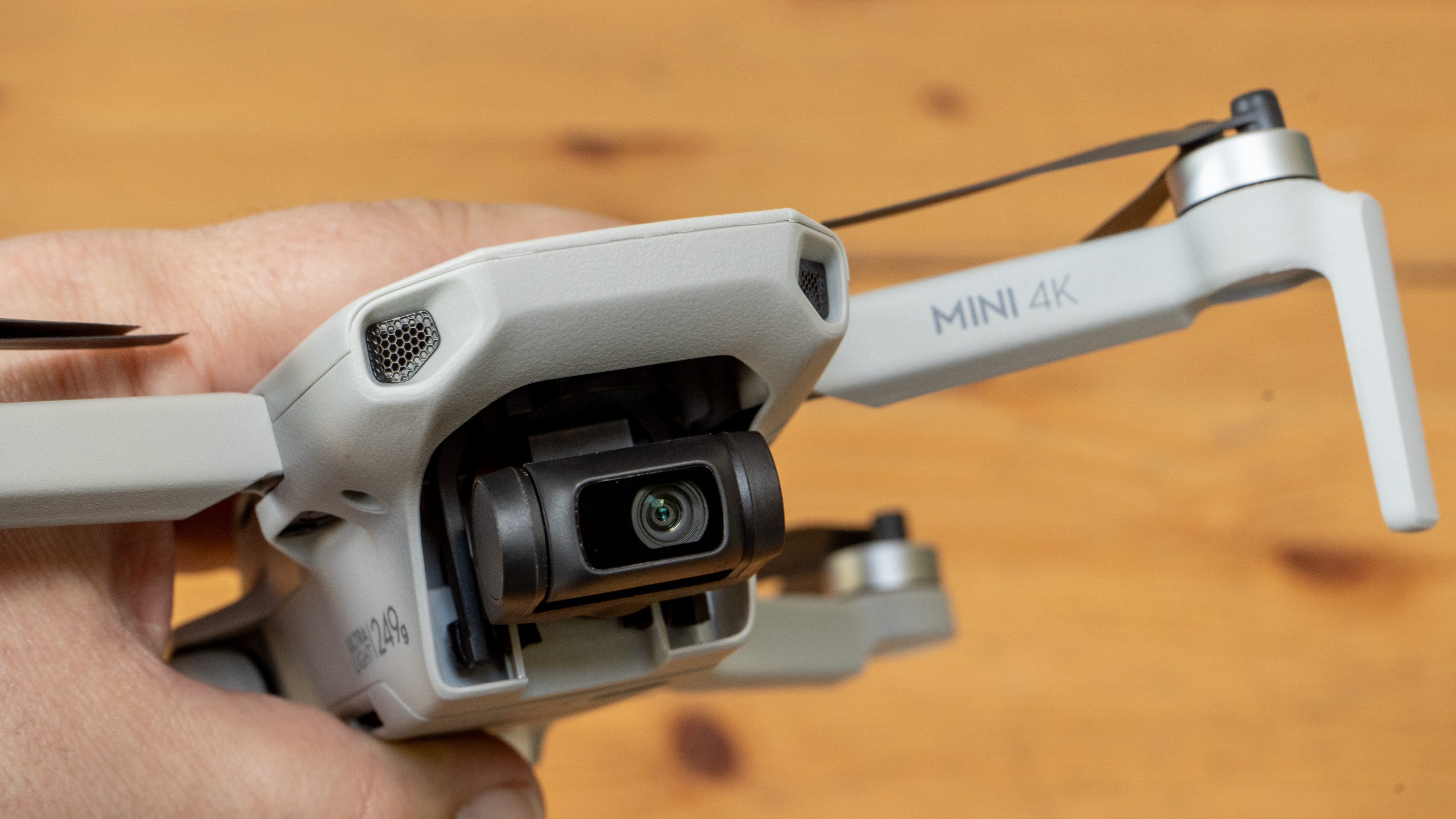
Once the drone is unwrapped, opening the hinged legs is reassuring; the mechanism feels in no way flimsy. As a long-time drone reviewer, who tested the Mini 2 when it was new (the airframe on which this drone is built), it feels a bit disappointing to be looking at more-or-less the same mechanics as in 2020, but that is a very self-indulgent way of looking at it.
From the perspective of anyone looking for a good-quality beginner's drone, that was a good device then and, in many respects this is a Mini 2 with a new name and a more accessible price.

To that end, the new drone also features the same controller design seen on the Mini 2, and the Mini 2 SE; the O2 (or Occusync 2.0)-based RC-N1. This is a physically robust controller which fits in the hand nicely, especially if you prefer to operate the controls with your thumb on top.
The sticks can be unscrewed and stored in rubber bays in the base of the controller, where there is also a USB-C port to charge it, but it stores plenty of charge for many flights (it even provides 5V/500mAh power to your phone so your battery won't go flat as you use it as a monitor).

At the top of the controller, which uses radio, the antenna slides up out and is sprung to provide a clip for your phone, which serves as a monitor. You need to physically connect the two and use an app (DJI Fly) which is available for iPhone and Android. You can just about fit my iPhone 15 Pro Max in without taking it from its case.
DJI provide 3 cables to connect the controller to either USB-C, Lighting, or Micro-USB – so most phones covered. One of the cables cleverly tucks in a recess so you do have to fit the right one and I do find it a bit tricky to find a spot where the phone is in the controller's grips without accidentally pressing a button, but overall it's still a very neat design.
In fact the only feature DJI say the Mini 4K lacks from the Mini 2 – which had a rather higher price tag – is QuickTransfer. If you only copied your files over by MicroSD card, you'd never know the difference.
DJI Mini 4K: Performance
Flying the Mini 4K offered no surprises (a good thing); the radio range is more than adequate and when I tested the wind was low enough not to pose any threat though I know from experience with the other drones in this body that they can handle the promised Level 5 (Beaufort scale 5) wind. The magic is that you let go of the sticks and the drone should just hover, the GPS and other positioning satellites doing the work. These are also used for an automated return to home and when I tested this it managed to land about 3ft (1m) from the point of take off.

This isn't a stunt drone, but it's actually pretty nippy around the sky, which is why DJI provide a switch in the middle of the controller offering 'Cine', 'Normal', and 'Sport' modes. As the names imply, these offer various levels of restraint on the speed (or lack thereof), very helpful, not just as a beginner, but when comes time to try to take good video. (Blitzing the motors isn't great for battery performance either, so sticking with Normal will keep you aloft longer.)
The other critical aspect of drone performance is how the software feels, and that – having been refined over time by DJI – offers very little to complain about. The interface is reasonably straightforward despite the information on offer and on my phone at least it was very responsive (to be fair I have a modern iPhone).
While you can fly without a phone connected, it is impractical. Many modes need the menus and modes. One area the system could, perhaps, be a little bit better is the QuickShots. These are great to have, and it's appreciated that the drone suggests a subject automatically with a form of AI. Very simple to use. However, on one of the tests I noticed the camera switch subject as the drone reached the furthest point of the flight, resulting in the lens tipping slightly. Perhaps I shouldn't have stood so near!

The main modes – photo and video – have all the core functions you need, including exposure bracketing and RAW, plus digital zoom, and using them is very like using the iPhone camera mode itself, save for the two-teir menu.
It continues to irk me that the system reverts to 1080P in QuickShot if I've switched to 4K in video (and I was amazed the drone didn't default to 4K), but there you go. Changing resolution is simple as it is displayed on the on-screen display and you can tap on it at any point. Similarly forcing the exposure compensation is usually all you need, but there is a manual mode if you feel so inclined.
The 1/2.3-inch image sensor will never bring the best low-light performance and there is clearly the potential for contrasty scenes, but for the most part the results are still striking, and you can at least use RAW and exposure bracketing to help if you're shooting stills.
DJI Mini 4K: Sample Video
The sample video shows the quality of the Mini 4 is for the most part rich and sharp. I tested the drone on a day with clouds and sunshine. The patch weather created testing areas of shadow which revealed the camera's limited dynamic range.
Something which is a pleasant surprise is that the 2x zoom is available in 4K and, although it exposes some grain, it does provide a more cinematic option which works well enough.
DJI Mini 4K: Sample Images
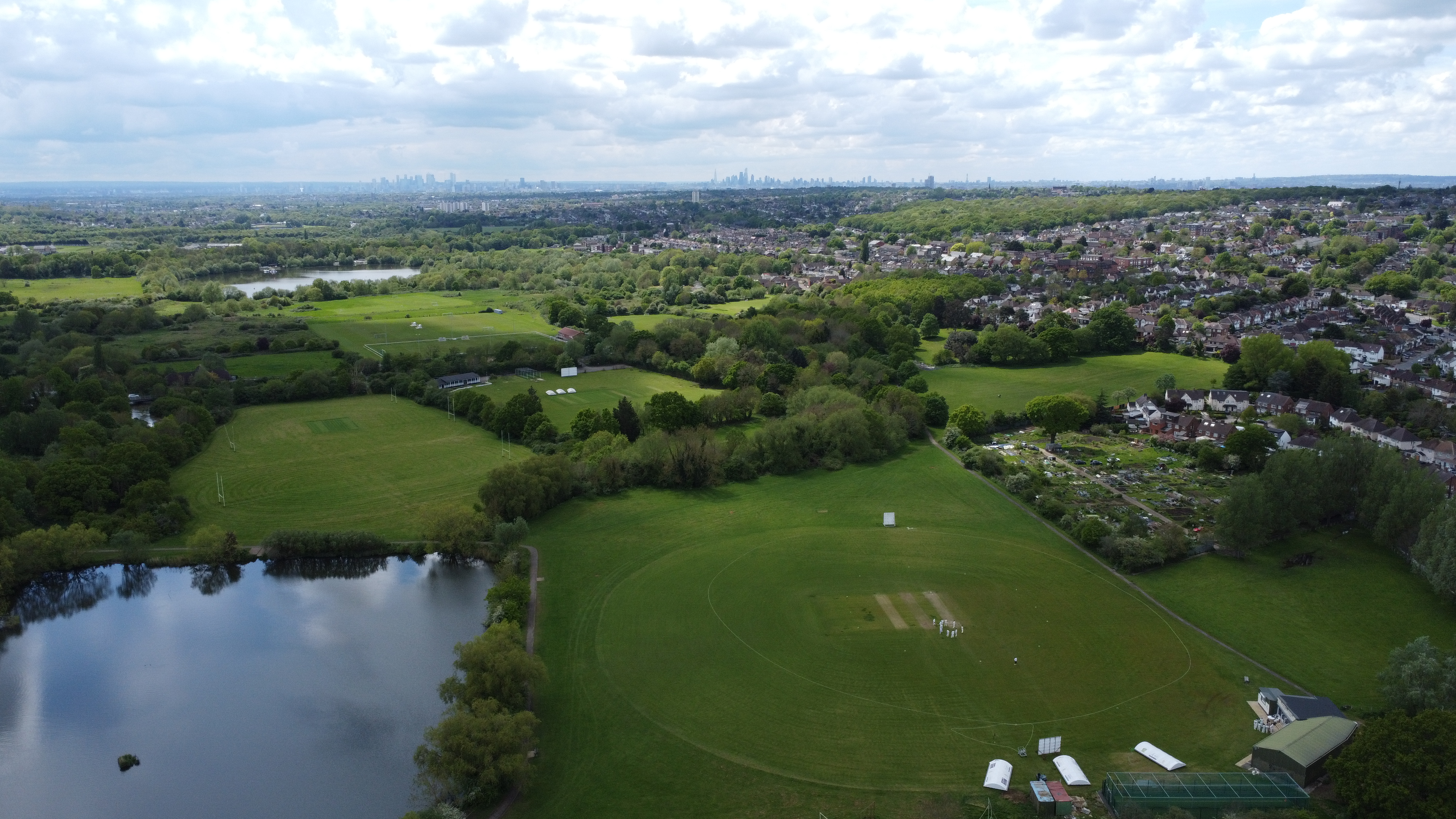
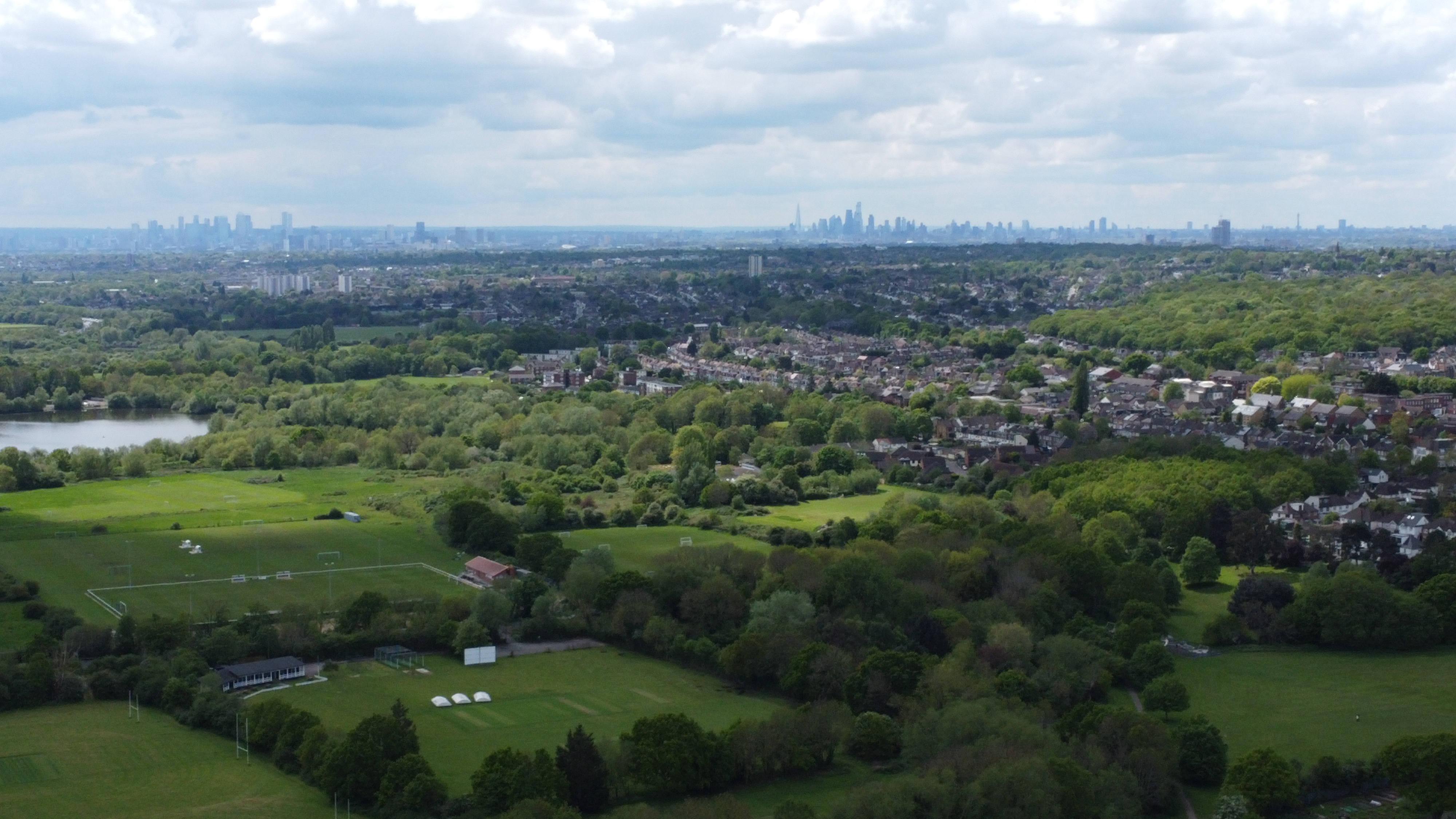
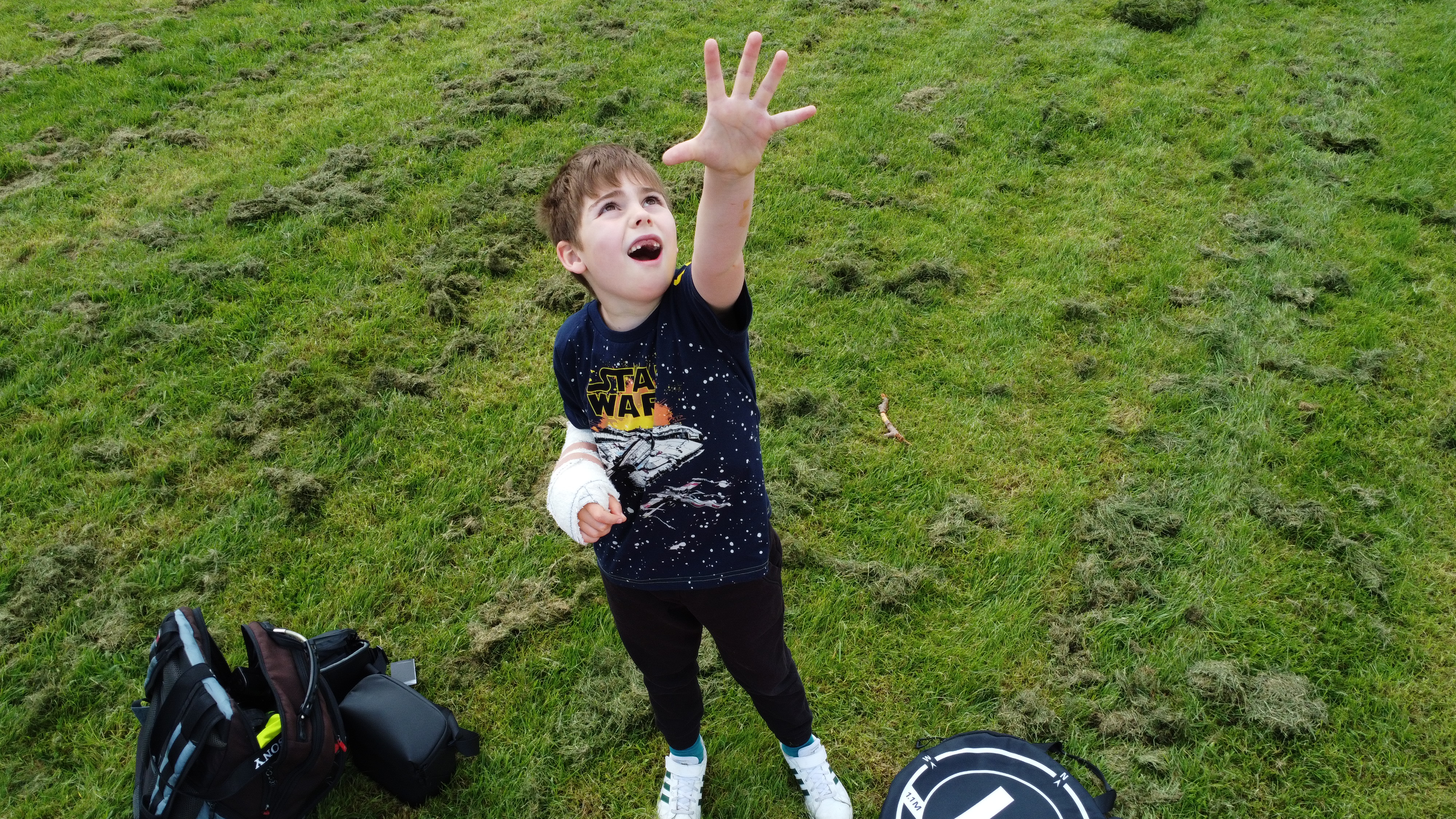
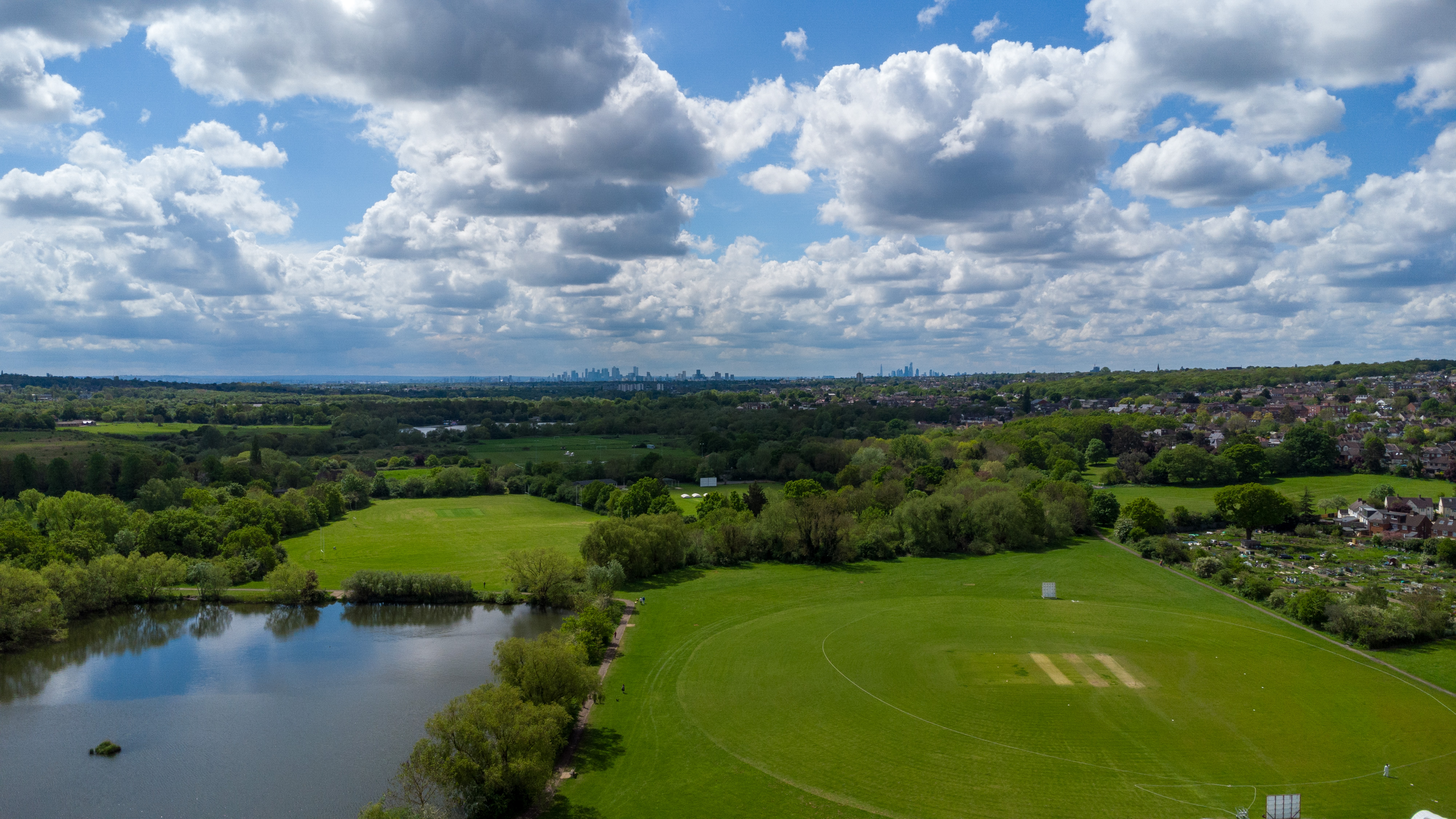
A selection of shots show there is little to complain about in terms of detail, or even skin tone. The 2X zoom does, inevitably, have an effect on the crispness and exposes grain, but that is a technical inevitability.


DJI Mini 4K: Overall Verdict
The DJI Mini 4K is not revolutionary, but it doesn't need to be. It just offers the key feature budget-conscious DJI beginners have been crying out for in a drone which is widely trusted for good reason.
As a first outdoor drone, this is more-or-less perfect. The DJI Fly app is comprehensive, easy to follow, and feels professional. For patient learners, the on-screen tutorial is a great way to learn, while the file management features are reasonably slick (though it will try and sell you DJI's insurance when you activate the drone).
DJI's lead is not as long as it was, and it'd be nice to have access to features like waypoints (which can be found on the Potensic Atom), but these are a niche few will take advantage of and the overall quality here is still second to none.
Ultimately for many, this is all the drone they need. It is even possible that DJI might have cannibalized some of their own market because, while it is limited compared to drones, it has the power of flight which is still a huge change for many, and it implements it in a reassuring and competent way (while still being a bit fun, don't worry!)
Should you buy the DJI Mini 4K?
✅ Buy this if...
- You want a high-quality beginner drone
- You want a software tutorial
- You want useful core features like panoramas and orbits
🚫 Don't buy this if...
- You want collision sensors
- You want sophisticated subject-tracking
- You want good-quality low-light







